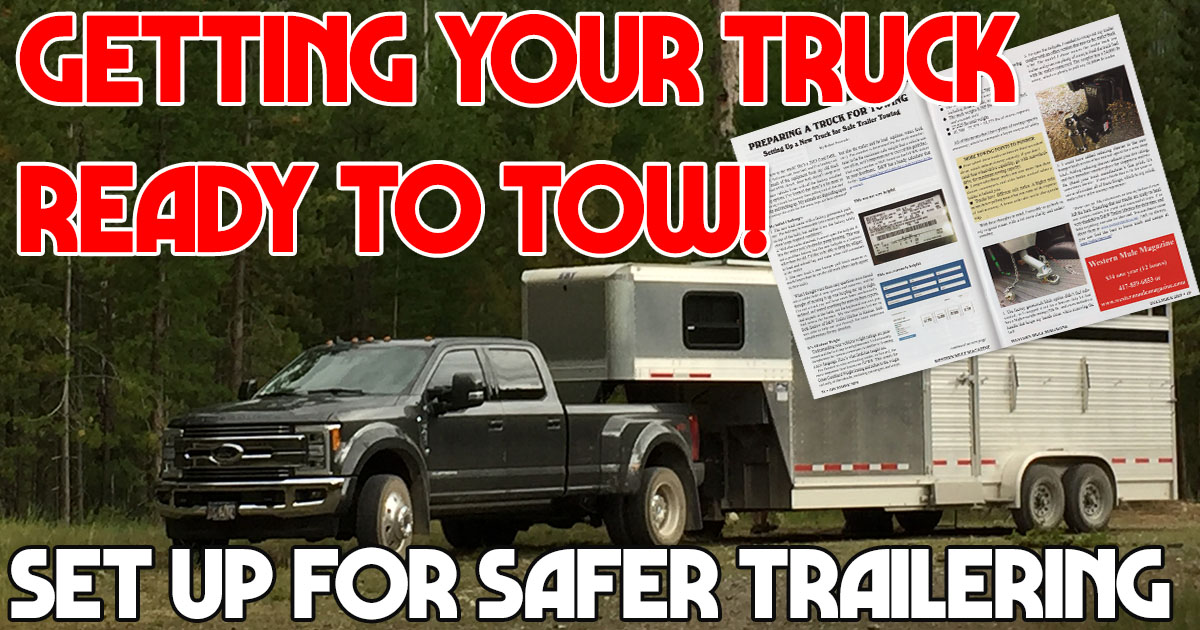Getting Truck Ready to Tow a Trailer – Setting up a new truck for safe horse trailer towing – As published in Western Mule Magazine, Dec 2019
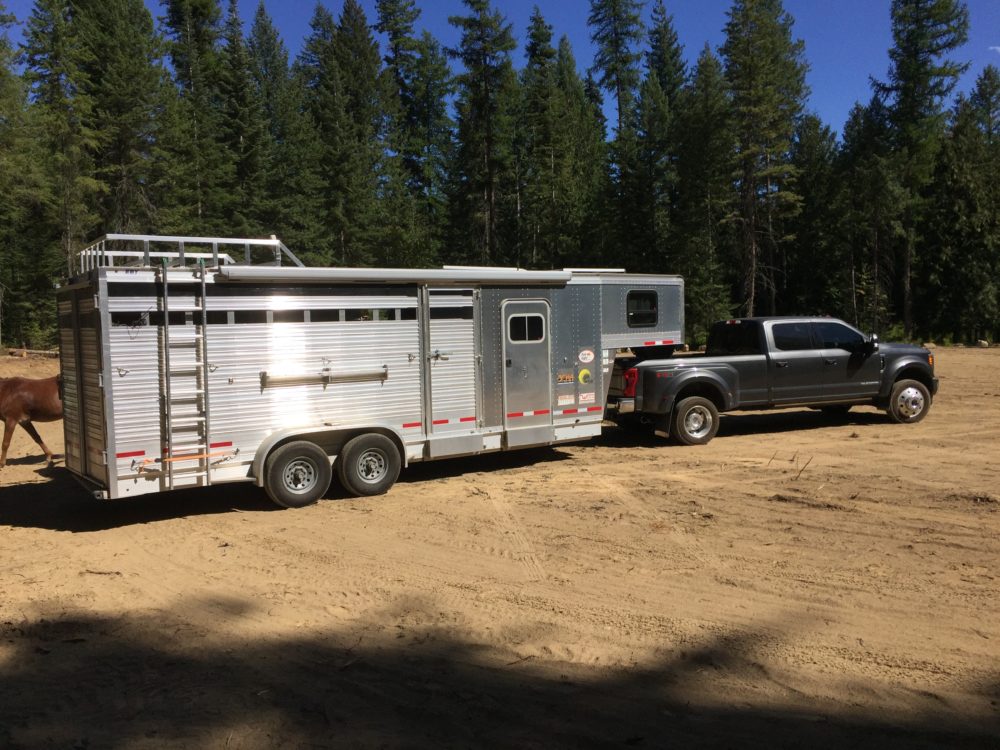 I got a new to me truck! She’s a 2019 Ford F450, diesel, 4×4 crew cab, long bed, and I’m finding out that much of the equipment from my old truck (2008 Ford F350, diesel, short bed) doesn’t swap over to the new vehicle. Even with all the factory installed towing options I’ve learned that there’s a lot more to preparing a truck for towing than pulling out of the dealership and hitching up. My animals are depending upon me getting this right for the many trips we have planned!
I got a new to me truck! She’s a 2019 Ford F450, diesel, 4×4 crew cab, long bed, and I’m finding out that much of the equipment from my old truck (2008 Ford F350, diesel, short bed) doesn’t swap over to the new vehicle. Even with all the factory installed towing options I’ve learned that there’s a lot more to preparing a truck for towing than pulling out of the dealership and hitching up. My animals are depending upon me getting this right for the many trips we have planned!
My initial Challenges:
- New truck came with a factory gooseneck package. The ball may be removable (via a nasty greasy latch on top of the ball) but neither it nor the factory safety chain loops inspired confidence.
- With the trailer attached I cannot open the tailgate. It hits the trailer jack’s hydraulic pump housing. This was not a problem before but the new tailgate is a fraction taller than the old. I’d like to be able to drop the tailgate to load and unload hay and water when still connected to the trailer.
- The new truck’s rear bumper pull hitch receiver is much larger than that on the old truck. (3 inch square vs 2 inch).
What I thought were 3 easy questions soon turned into a rabbit hole of new queries and concerns, and the thought of messing it up was keeping me up at night. I’m not a truck guy, and have never been mechanically inclined, so I started searching for answers from experts. Real experts in the field, not the keyboard warriors you find across the internet. My investigations led me to Beth Barlow of B&W Trailer Hitches in Kansas. Beth was able to help me sort through the most important considerations for my situation.
It’s all about Weight
Understanding your vehicles weight ratings are paramount and the first step to enlightenment. Unfortunately deciphering the various acronyms is similar to learning a new language. Here’s what Beth has taught me.
For those of us that are hauling horses (or mules) the most important four letters are GCWR. This stands for Gross Combined Weight Rating, and refers to the weight not only of the vehicle, including passengers and cargo, but also the trailer and its load (horses, water, feed, etc.). This number is determined by the truck manufacturer to be the maximum safe weight that a vehicle can tow all-in, so it’s important not to exceed this guideline. That magic number is NOT found on the GVWR sticker in your door frame. B&W has a handy calculator that helps. https://www.bwtrailerhitches.com/towing-help-gooseneck
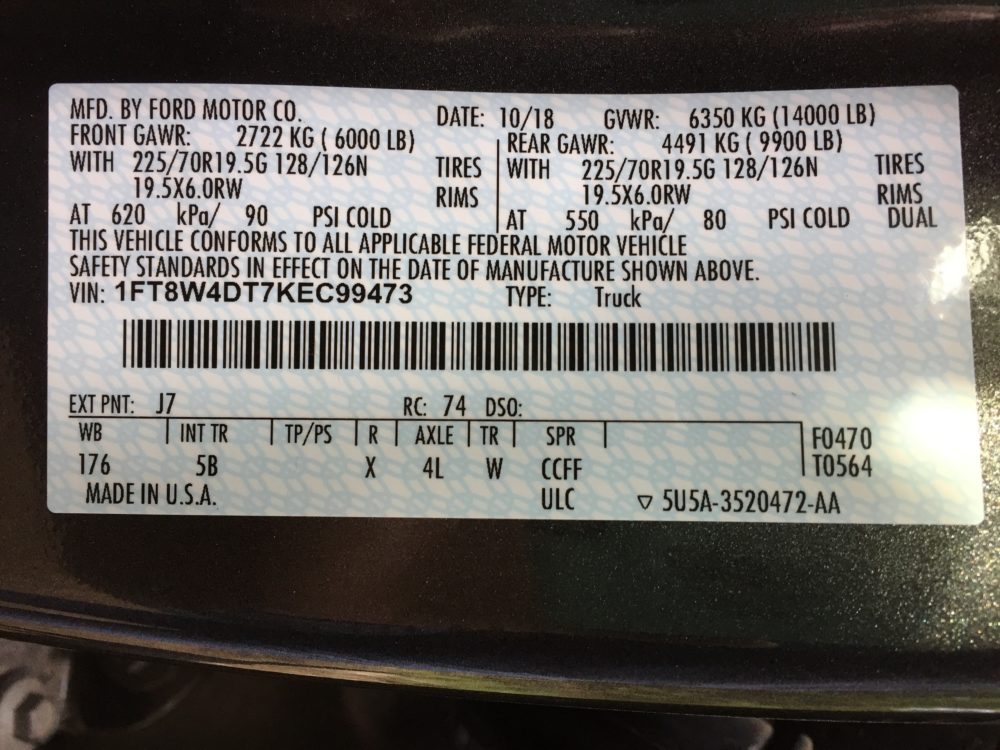
This was not very helpful
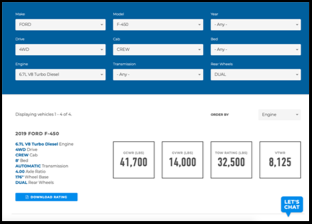
This was very useful
With the B&W calculator I was able to do the following calculations:
- My truck’s GCWR is 41,700lbs
- The fully loaded trailer weighs (including 3 animals, water, and feed) 18,620 pounds.
- My truck weighs 8,905 lbs with passengers, fuel, and assorted stuff
- 27,525 lbs total weight
- 41,700 – 27,525 = 14,175 lbs of excess capacity.
All of this means that I have plenty of towing capacity remaining, which to me equals a larger margin of safety.

With these thoughts in mind I was able to go back to my original issues with a lot more clarity and understanding.
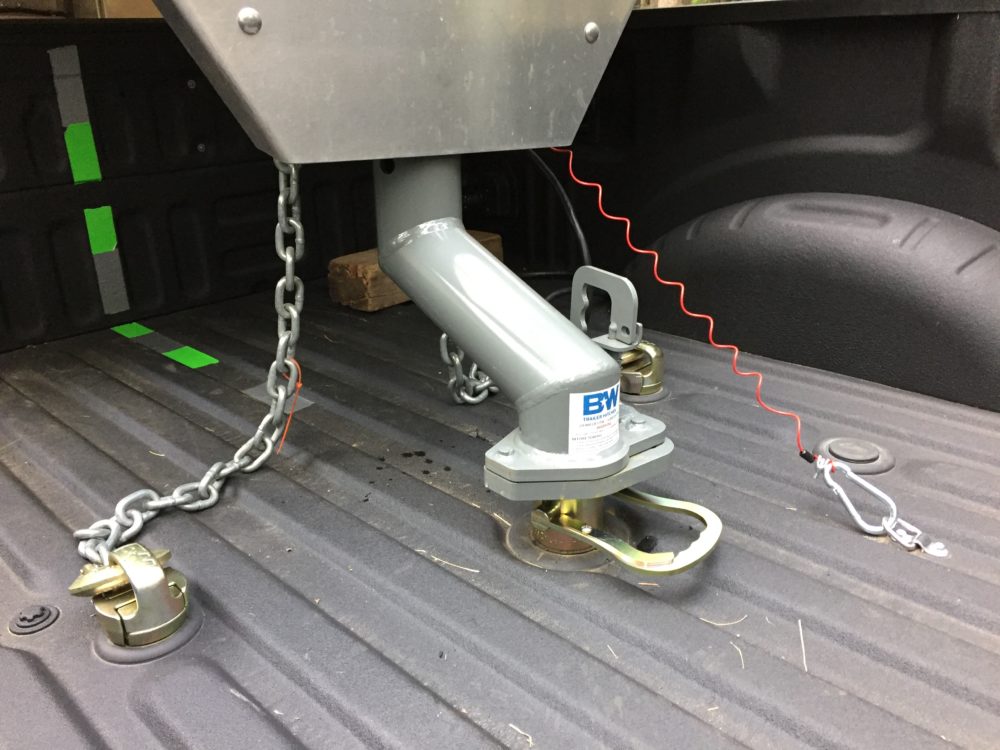 The factory gooseneck hitch option didn’t feel substantial so I swapped it out for a heavier duty kit that has a higher weight rating (30k lb) and even includes a handle that keeps my hands clean when removing the ball.
The factory gooseneck hitch option didn’t feel substantial so I swapped it out for a heavier duty kit that has a higher weight rating (30k lb) and even includes a handle that keeps my hands clean when removing the ball.- To open the tailgate I needed to swap out my trailer coupler with an offset version that moves the trailer back a bit. The model I chose moves the trailer back 10 inches and gives me plenty of room to load the truck bed with the trailer connected. The coupler has a 24,000 lb rating which is plenty to pull my 18,000+ lb trailer.
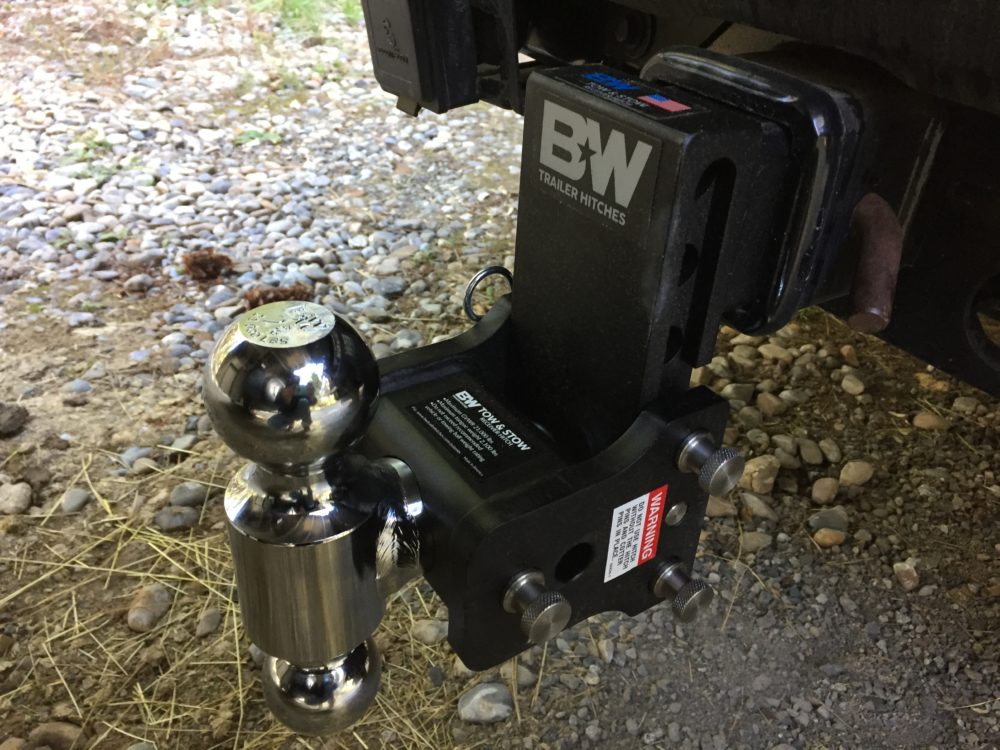 I could have added reducing sleeves to the new bumper hitch receiver but instead opted for a new drop hitch. Adding reducing sleeves reduces your tow rating (read your truck manufacturer’s fine print, it’s sometimes drastic) and they introduce another place for sloppiness and rattle. Using a hitch that is fit for your receiver eliminates all of these things which to my mind makes for a safer towing experience.
I could have added reducing sleeves to the new bumper hitch receiver but instead opted for a new drop hitch. Adding reducing sleeves reduces your tow rating (read your truck manufacturer’s fine print, it’s sometimes drastic) and they introduce another place for sloppiness and rattle. Using a hitch that is fit for your receiver eliminates all of these things which to my mind makes for a safer towing experience.
There you go. My adventures in Getting Truck Ready to Tow a Trailer started early!. Ensuring that our trucks are ready to haul our critters makes for great, and uneventful trips! I’m very thankful to B&W Trailer Hitches for their time and help in getting me safe for the road. You can learn more about them at www.bwtrailerhitches.com. And as always you can find the best in horse trails and camps at www.TrailMeister.com!


